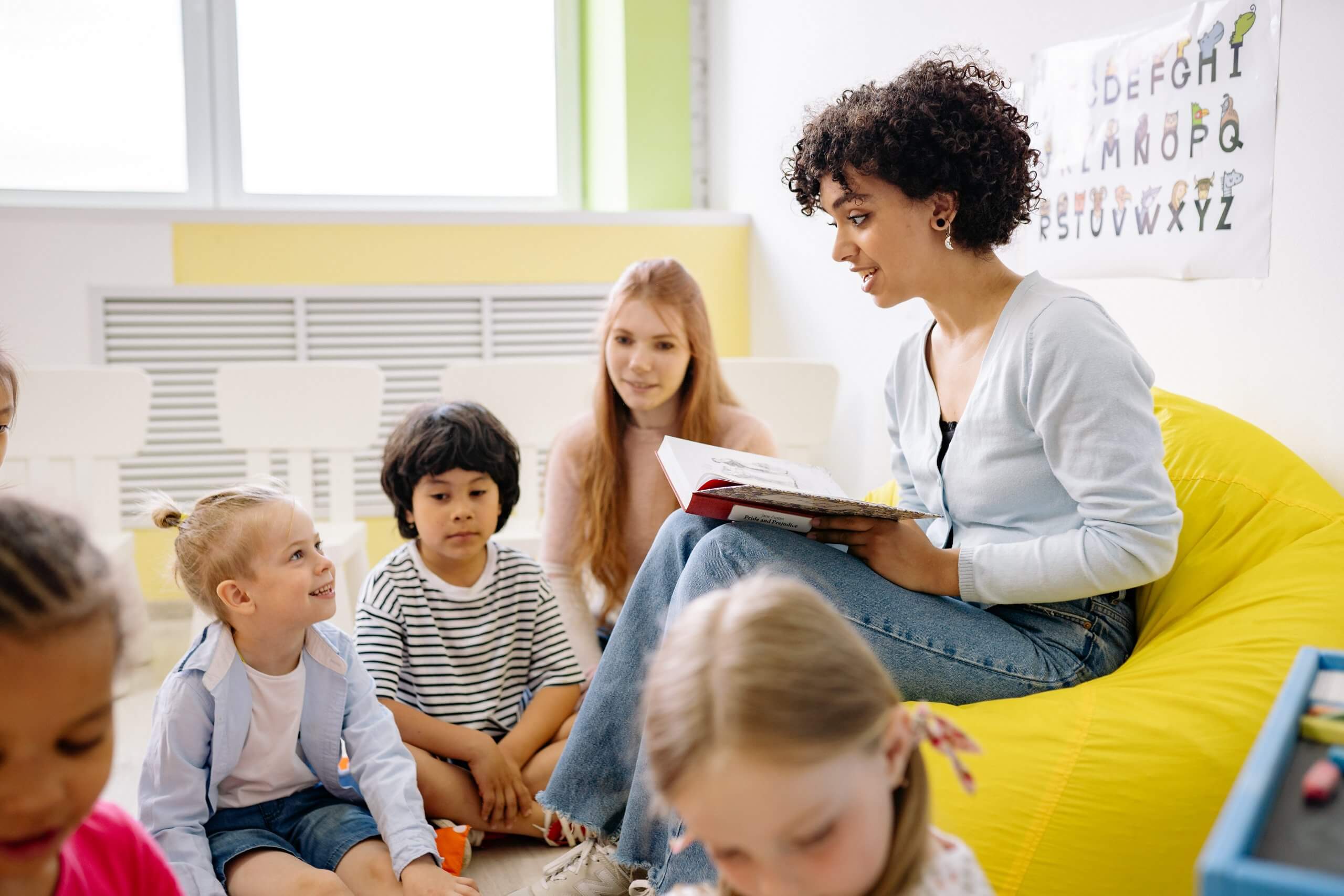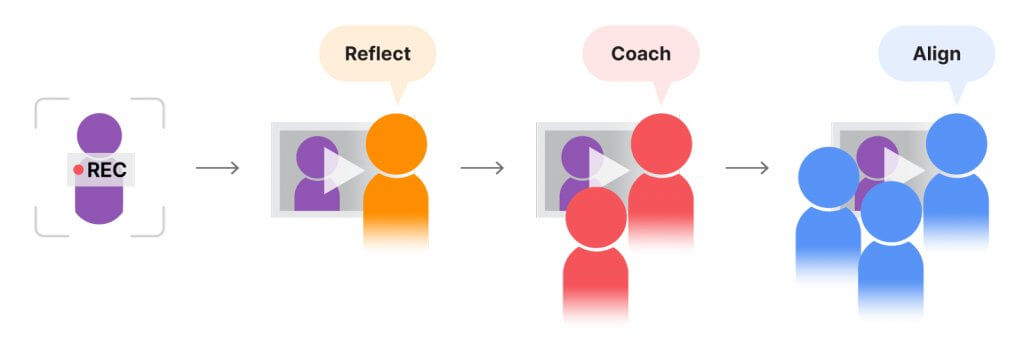
This blog is focused on the use of Swivl Teams. Teams is now Reflectivity – learn why we changed our name →
Hit the play button to listen to this article.
It’s no secret schools are all-in on social-emotional learning. With SEL resources, trainings, and even new roles popping up everywhere.
As of 2022, 27 states have adopted SEL competencies for K-12, and all 50 states have adopted them for Pre-K. When you consider the research, the increased focus on SEL is well-supported:
- When students learn and practice the five core competencies, they show higher academic achievement compared to students who don’t.
- SEL programs in kindergarten can have positive long term impacts on students’ personal and professional lives.
- SEL is not just for at-risk students. CASEL notes “systemic implementation fosters schoolwide conditions that promote social and emotional growth for all.”
That last point, systemic implementation, is critical.
Implementing a new program is difficult enough in one classroom. A school or district-wide SEL initiative can have greater impact – but bring greater challenges, too.
This is why administrators must look beyond finding the best social-emotional learning resources for teachers to use, and focus on supporting those teachers in their implementation, too.
To support SEL programs, leaders must remember the 4Es
SEL addresses two of the most complex parts of life: emotions and relationships.
This means an SEL implementation has all the typical challenges of a new initiative, like getting buy-in, aligning expectations, and providing teacher support. However, it comes with the added challenge of navigating students’ and adults’ social-emotional lives.
Teachers and administrators are likely to face these challenges when implementing an SEL initiative, which can be easily remembered through the acronym “The 4Es.”
Equity
With many different student needs, teachers or leaders may pull from multiple SEL resources and programs. When this happens, how can leaders ensure students get equitable SEL instruction?
Experience
Teachers may be uncomfortable with their implementation of SEL strategies, especially if they are still working on developing their own SEL competencies. While many introduce social-emotional learning activities for staff, SEL is still a big adjustment for adults, too.
Expectations
Within a school, leaders may have different understandings of what successful SEL instruction looks like. Coaches may lack useful models of SEL instruction to share with teachers.
Evolution
A successful SEL program requires shifting the behavior and mindsets of adults first. As a district invests in SEL resources, leadership may lack a window for seeing how this is progressing.
These challenges involve understanding the reality of what’s happening in classrooms, and managing the resources available to support teachers in their work.
“When you have five administrators in your classroom, you’re going to freak out”
Implementing an SEL program in a classroom is already a difficult task for teachers.
They need to become familiar with the resources the school is using. They need to learn and practice their own SEL competencies. And they need to get students to buy-in to activities and language that may feel different than some of their other academic experiences.
Administrators need to see what SEL instruction looks like across the school or district, but unannounced classroom visits are not the most efficient or effective way to do this.
Now, imagine doing all this while also having one or more administrators enter the room unexpectedly for a walkthrough.
While of course administrators need to see what SEL instruction looks like across the school or district, and they may want to provide teachers with feedback, unannounced classroom visits are not the most efficient or effective way to do this.
Kat Stevens, a district-level administrator from Guilford County, NC, described the problem, saying, “When you have five people from the district coming into your classroom, you’re going to freak out. Whereas, if you put a Swivl Robot in there, teachers will often forget it’s in there and just continue what they’re doing.”
Through Swivl Teams, teachers can share a short clip of their SEL instruction with a principal or other administrators, who can provide time-stamped comments to discuss the teacher’s progress, encourage self-reflection, and facilitate growth.
How a 10-minute video can help support and align SEL instruction
The use of classroom video to support an SEL program (or other initiative) involves three essential actions:
- Reflection: Teachers capture important moments of instruction on video. They self-reflect to identify challenges and opportunities, or their “glows and grows.”
- Alignment: Video helps teachers, coaches, and administrators get on the same page. Coaches or veteran teachers can record short lessons, which can be used to establish shared expectations.
- Coaching: Ideally, teachers will identify their own coaching needs through self-reflection. In other cases, a third party may suggest a coaching cycle. Classroom video makes coaching more effective and objective, and also makes it easier for coaching to become another opportunity for teacher self-reflection.

Even a single 10-minute video can be a powerful asset in improving the success of an SEL initiative. Imagine this scenario:
- One coach or veteran teacher records a short model lesson about a key SEL lesson that many teachers will do.
- The video is shared with teachers, who can self-reflect on their own instruction and compare their work to the video.
- Coaches then use this video in conversations with teachers as a model.
- Principals and other instructional leaders refer to the video before observations and walk-throughs, and use it to inform their conversations with teachers.
Now imagine scaling this process across your entire organization. By giving teachers the tools and systems needed for meaningful self-reflection, collaboration, and coaching conversations, you can make the most of your investment in SEL resources, and drive better outcomes across your school or district.
Ready to see how Swivl Robot + Teams can help you support your teachers in succeeding at SEL? Schedule a free 30-minute consultation.